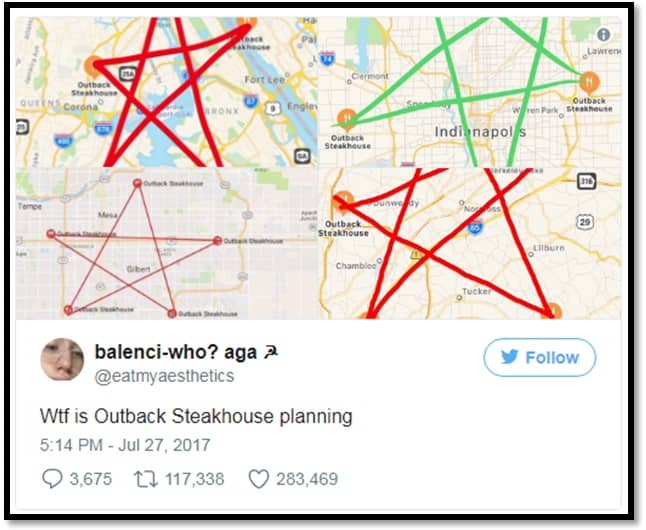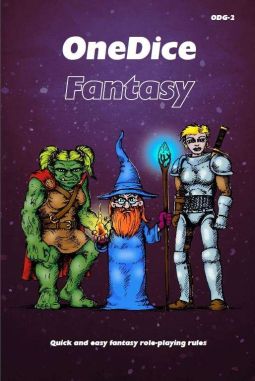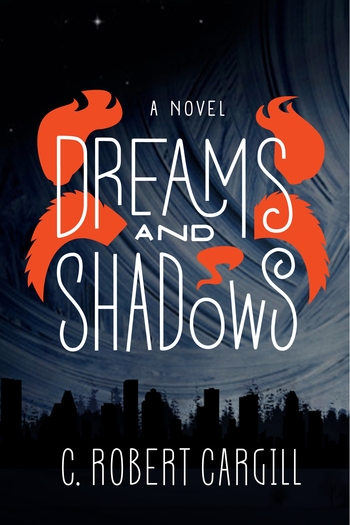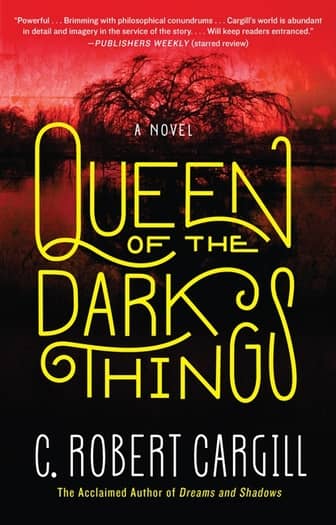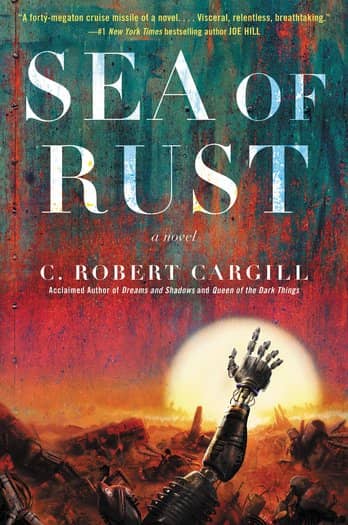Swing Into Action With Your Very Own Spider-Man Hoodie from USAJacket
 |
 |
It’s a tough gig being an editor. It’s not enough to just keep a steady drumbeat of content — you also need to mix it up a bit. That’s one reason every article at Black Gate is tagged with at least one category…. makes it easier to tell at a glance when we’re over-saturated on New Releases, Magazines, and Reviews, and it’s time to commission a News piece, or something on Comics, maybe. Or Music, or RPGs.
Of course, some categories get less attention than others. Fashion, for example, is probably the most neglected category we have. Patty Templeton asked me to add it five years ago so she could do a brief feature on Crisiswear, and we’ve had maybe half a dozen reasons to use it since. Let’s just say that fashion is not my beat.
So I’m very pleased that, after producing some 4,000 blog posts here at Black Gate, today I’m writing my first fashion article. It’s because of a gift I ordered for my son’s 20th birthday: a Spider-Man Homecoming Red Hoodie from USAJacket, which Drew is so kindly modeling for us above. Once it arrived and I saw how it looked on him, I knew other members of the Black Gate community would be interested.


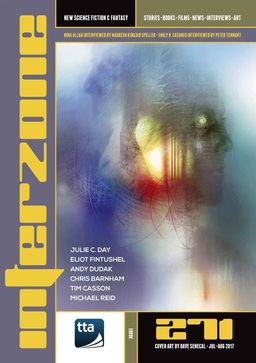


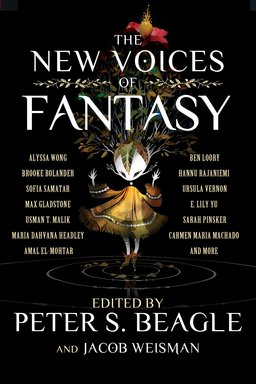
 Last time out I talked about how the
Last time out I talked about how the 